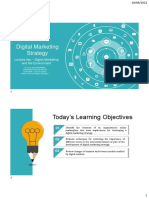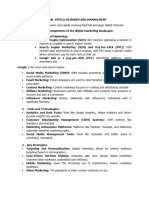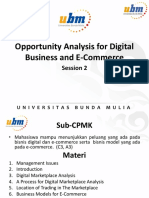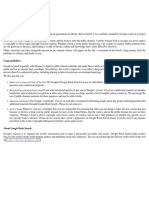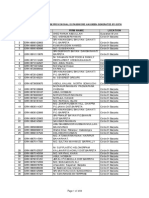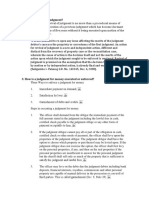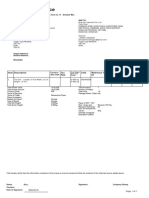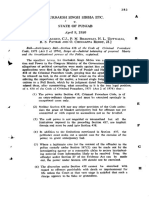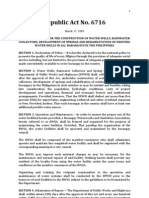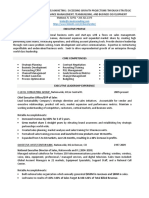0% found this document useful (0 votes)
13 views57 pagesWeek 6 - Micro and Macro Environment - Lecture
The document discusses the key components of digital marketing strategy, emphasizing the integration of various channels and alignment with business objectives. It covers the importance of understanding the micro and macro environments, including customer behavior, competitors, and external factors such as PESTLE analysis. Additionally, it highlights the significance of consumer personas and the customer journey in shaping effective marketing approaches.
Uploaded by
huyhd.ftuforumCopyright
© © All Rights Reserved
We take content rights seriously. If you suspect this is your content, claim it here.
Available Formats
Download as PDF, TXT or read online on Scribd
0% found this document useful (0 votes)
13 views57 pagesWeek 6 - Micro and Macro Environment - Lecture
The document discusses the key components of digital marketing strategy, emphasizing the integration of various channels and alignment with business objectives. It covers the importance of understanding the micro and macro environments, including customer behavior, competitors, and external factors such as PESTLE analysis. Additionally, it highlights the significance of consumer personas and the customer journey in shaping effective marketing approaches.
Uploaded by
huyhd.ftuforumCopyright
© © All Rights Reserved
We take content rights seriously. If you suspect this is your content, claim it here.
Available Formats
Download as PDF, TXT or read online on Scribd
/ 57















